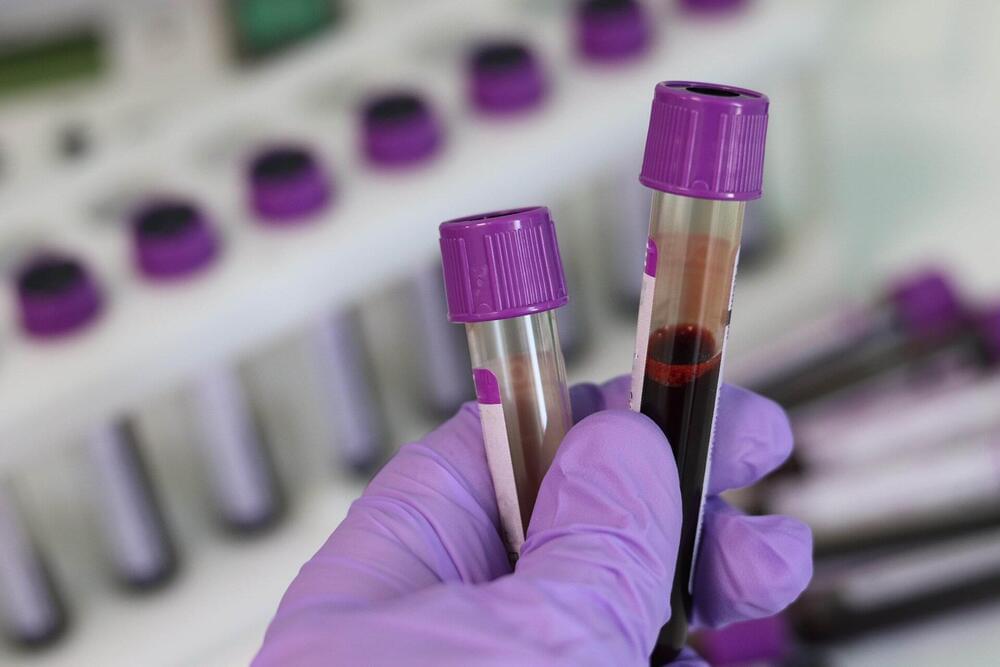OpenAI released a new chatbot called ChatGPT which is insanely good in human conversation. It also writes code with very high accuracy. What is going to happen to all programming jobs and data scientist jobs now? Let’s see a demo of ChatGPT and discuss a few important concerns associated with this. Towards the end of the video, I will ask a question that will do a rest test on ChatGPT’s ability to replace programmer job, you will be amazing to see how ChatGPT responds to that specific query 😊
Do you want to learn technology from me? Check https://codebasics.io/?utm_source=description&utm_medium=yt&…escription for my affordable video courses.
Need help building software or data analytics/AI solutions? My company https://www.atliq.com/ can help. Click on the Contact button on that website.
🎥 Codebasics Hindi channel: https://www.youtube.com/channel/UCTmFBhuhMibVoSfYom1uXEg.
#️⃣ Social Media #️⃣
🔗 Discord: https://discord.gg/r42Kbuk.
📸 Dhaval’s Personal Instagram: https://www.instagram.com/dhavalsays/
📸 Codebasics Instagram: https://www.instagram.com/codebasicshub/
🔊 Facebook: https://www.facebook.com/codebasicshub.
📱 Twitter: https://twitter.com/codebasicshub.
📝 Linkedin (Personal): https://www.linkedin.com/in/dhavalsays/
📝 Linkedin (Codebasics): https://www.linkedin.com/company/codebasics/
🔗 Patreon: https://www.patreon.com/codebasics?fan_landing=true








